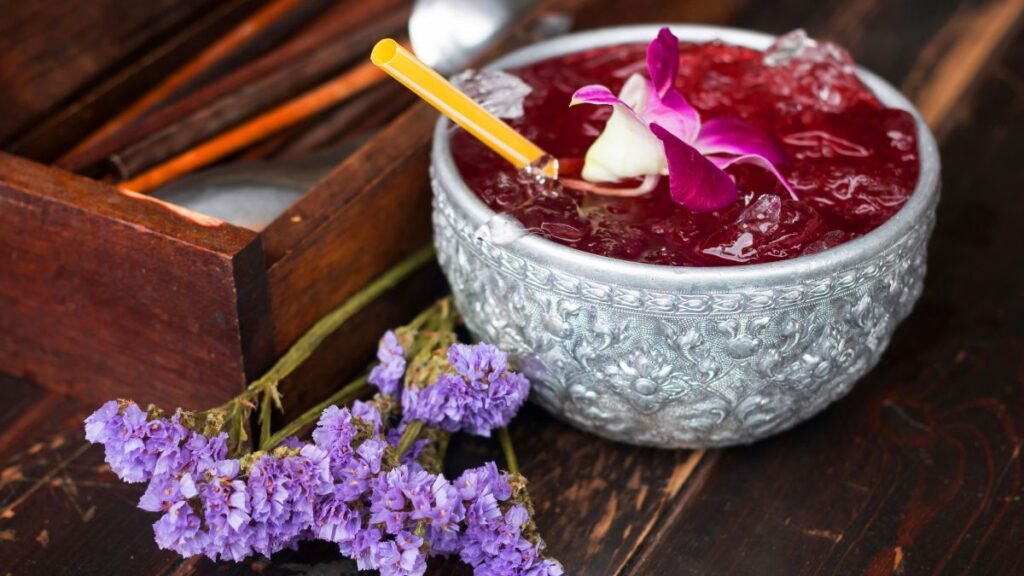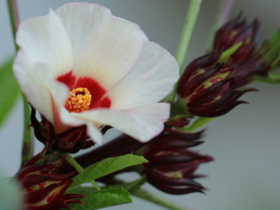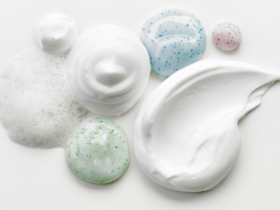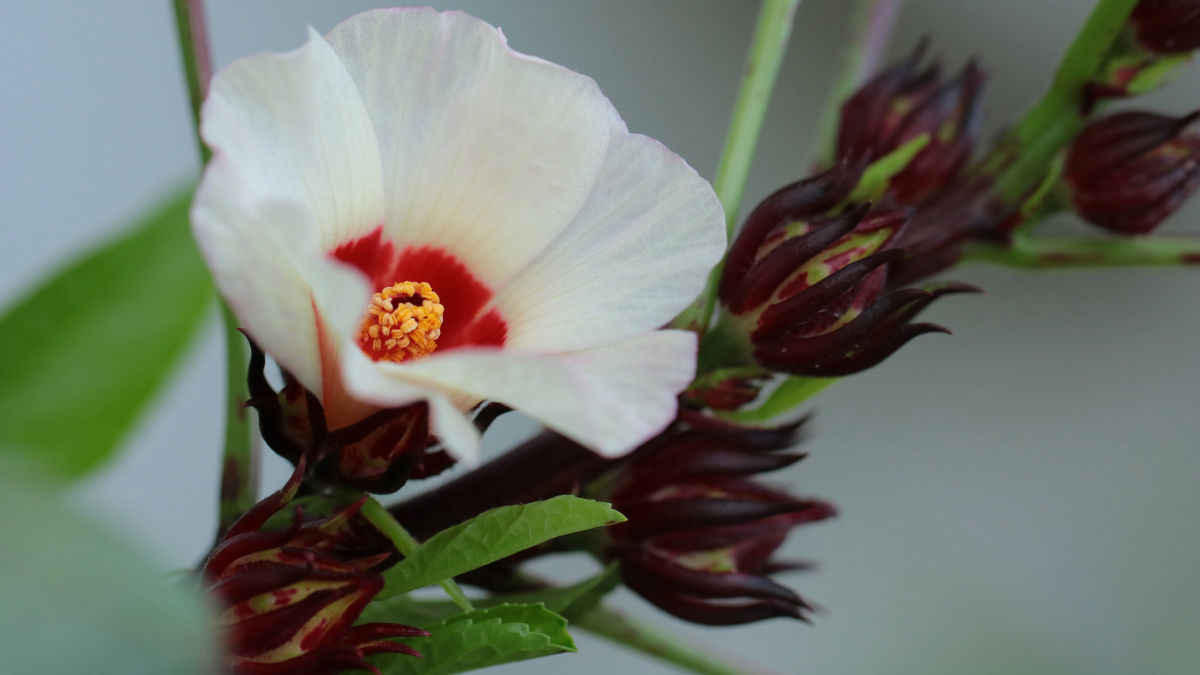In the vast tapestry of flora, Roselle (Hibiscus sabdariffa) emerges as a unique and versatile plant, revered not just for its striking appearance but also for its multifaceted applications. Known for its tart flavor and deep crimson color, Roselle has captured the attention of culinary enthusiasts, health-conscious individuals, and cultural custodians worldwide. This article delves into the enchanting world of Roselle, shedding light on its uses, health benefits, and cultural significance.
The Botanical Profile of Roselle
Roselle is a species of Hibiscus native to West Africa, but it has made its home in many parts of the world, particularly in the tropics. It is an annual, erect, bushy herb with stunning yellow flowers and red centers. The plant’s calyces, the part used most often, are deep red, and they swell to encase the seedpods after flowering. This part of the plant is harvested for its culinary and therapeutic properties.

Culinary Uses of Roselle
Roselle’s culinary uses are as diverse as its cultural footprint. The calyces can be used fresh but are often dried and steeped to make a tart, cranberry-like tea known globally as hibiscus tea. This tea is not only a refreshing beverage but also a base for various recipes, including jellies, sauces, and relishes. In Mexico, ‘Agua de Jamaica‘ is a popular traditional drink, while in the Caribbean, Roselle is often used in Christmas beverages, combined with spices and rum.
The leaves of the Roselle plant, also known as “sorrel leaves,” are edible and have a tangy taste that adds flavor to salads, curries, and stir-fries. The seeds are not to be wasted either; they are ground into flour or used as a substitute for coffee.
Health Benefits Galore
Roselle is a powerhouse of nutrients and has been linked to numerous health benefits. It is rich in vitamin C, minerals, and antioxidants, which confer it with properties that may bolster the immune system. Studies suggest that Roselle tea can lower blood pressure in individuals with mild hypertension. Its diuretic effect promotes kidney health by increasing urination, which helps in flushing out toxins.
The presence of anthocyanins, the pigments that give Roselle its deep red color, has been associated with reduced oxidative stress. These antioxidants may also play a role in reducing inflammation and protecting against certain types of cancer. Furthermore, the high fiber content in the calyces aids in digestion and helps maintain a healthy gut.
Cultural and Economic Importance
The significance of Roselle traverses beyond health; it is deeply woven into the cultural fabric of many societies. In Africa, Roselle is not just a plant; it’s a part of the community’s legacy, used in ceremonies and as a symbol of hospitality. In Egypt and Sudan, Karkadeh (hibiscus tea) is offered to guests as a welcome gesture, signifying respect and kindness.
Beyond culture, Roselle also bears economic value, especially for small-scale farmers in tropical and subtropical regions. As a cash crop, it provides a source of income and has been a focal point for agricultural development programs seeking to enhance the livelihoods of farmers in developing countries.
Sustainable Farming and Organic Practices
As the demand for organic and sustainably farmed products increases, Roselle stands out as a crop that thrives under such conditions. It grows well in a variety of soils, requires minimal care, and is relatively resistant to pests, making it an excellent candidate for organic farming. The cultivation of Roselle not only supports sustainable agriculture practices but also promotes biodiversity.
Roselle in Skincare and Cosmetics
The benefits of Roselle extend into the realm of beauty and skincare. Due to its high vitamin C and A content, as well as its ability to inhibit elastase and hyaluronidase, two enzymes that break down skin’s elasticity and integrity, Roselle extracts are used in various anti-aging products. Its natural acids can also help to exfoliate and brighten the skin, providing a natural glow.

The Art of Growing Roselle
For garden enthusiasts, Roselle is a gem. Its growth cycle from seed to harvest spans a relatively short period, making it an ideal plant for seasonal gardening. In warm climates, it can be sown directly in the ground, while in cooler regions, it can be grown in containers, provided it receives ample sunlight. As a fast-growing plant, Roselle not only decorates a garden with its lovely flowers but also provides a quick harvest of edible parts.
Conservation and Ethnobotanical Research
The popularity of Roselle is not without challenges. As with many traditional plants, there’s a risk of genetic erosion due to the narrow focus on a few commercial varieties. Ethnobotanical research and conservation efforts are crucial to preserve the diverse strains of Roselle that exist, each with its unique properties and cultural significance.
Roselle in the Global Market
The global appeal of Roselle is evident in its increasing presence on the international market. It has become a sought-after ingredient in teas, natural food products, and health supplements. With the rising trend of health-conscious consumers and the appeal of exotic flavors, Roselle is poised for further growth in the global marketplace.
Conclusion
Roselle is a plant that truly has it all – beauty, versatility, and a cornucopia of health benefits. It encapsulates the fusion of culinary delight, traditional wisdom, and modern health trends. Whether brewed into a refreshing tea, incorporated into culinary creations, or utilized for its health properties, Roselle continues to charm its way into the hearts and lives of people around the world.
Also read about our post on Unlock the Health Benefits of Kombucha








































